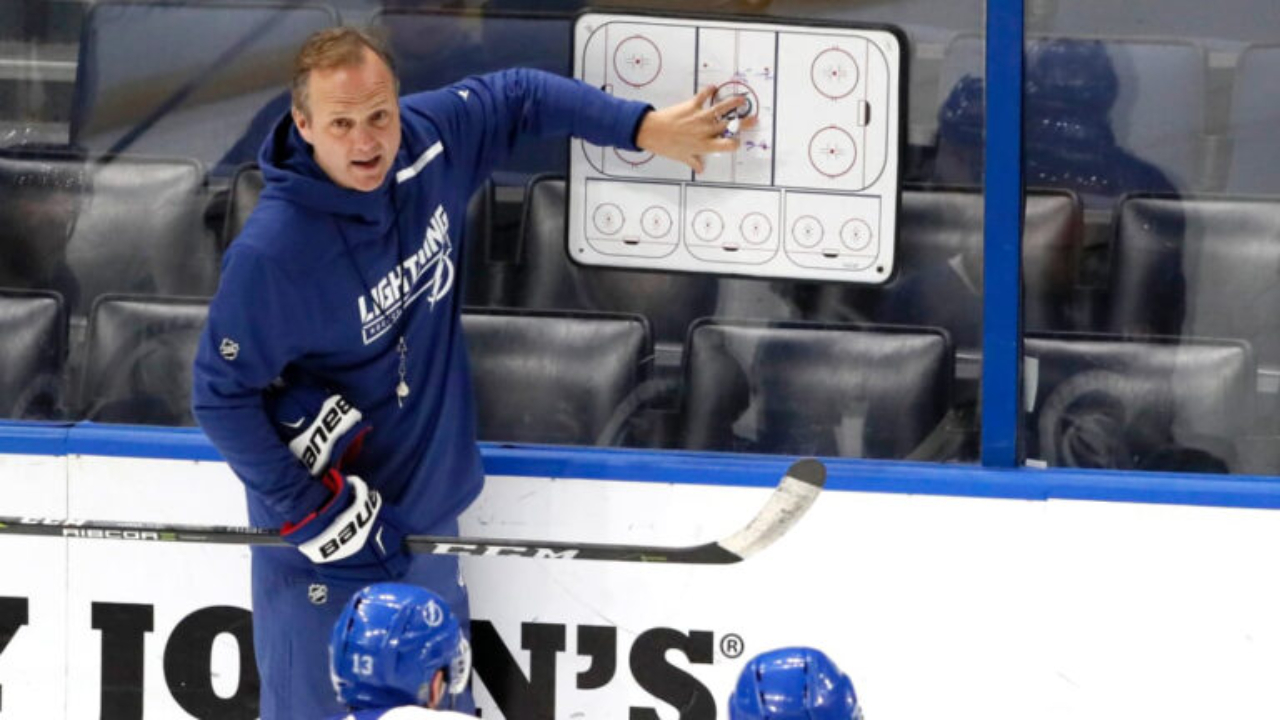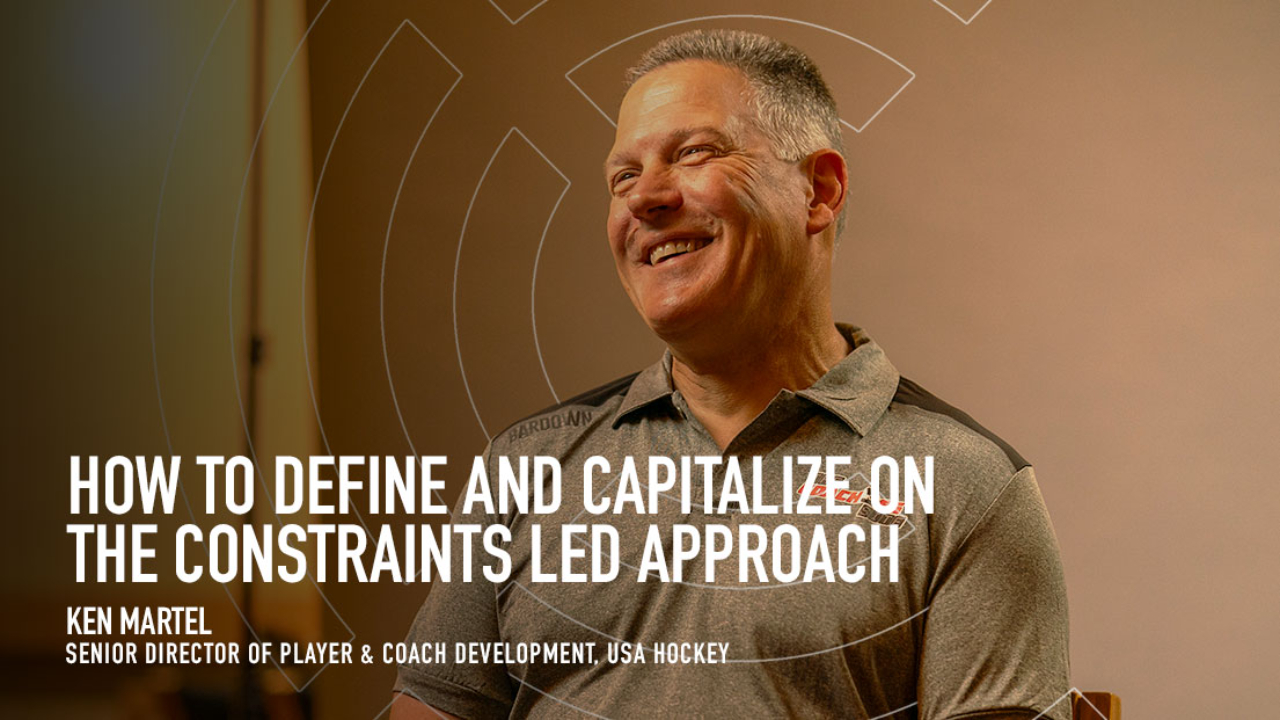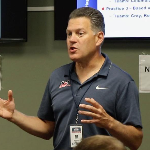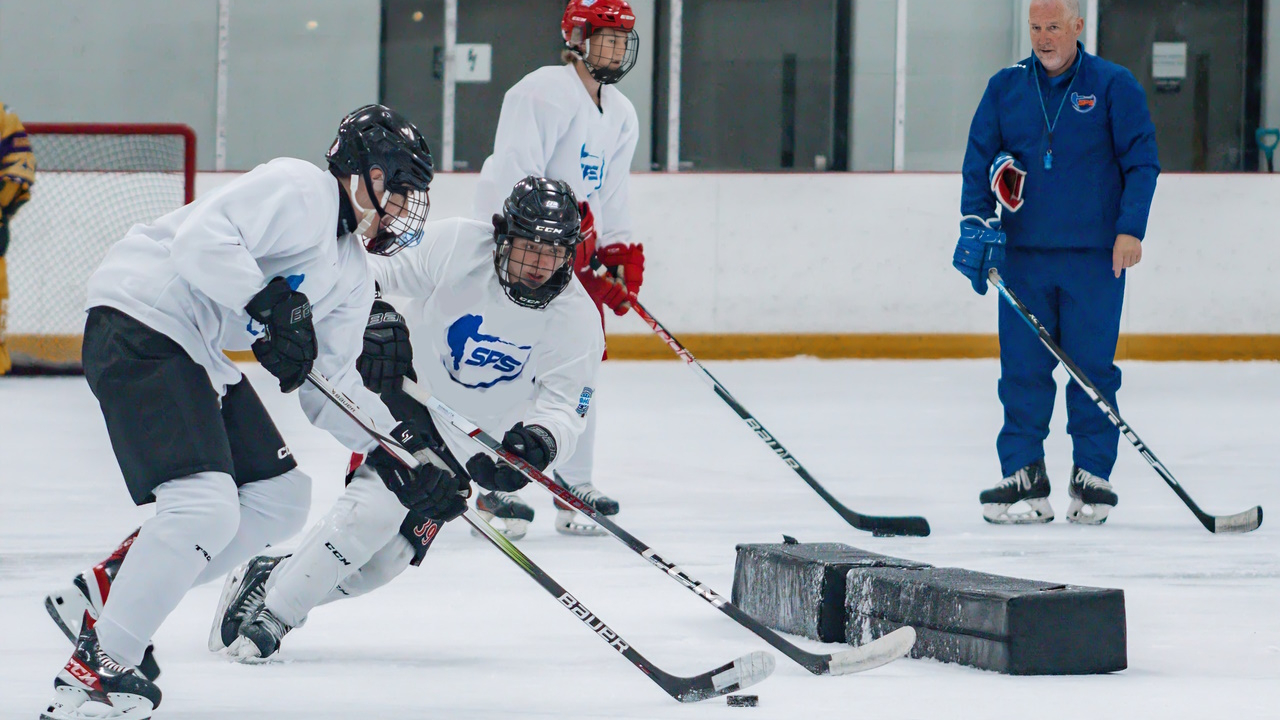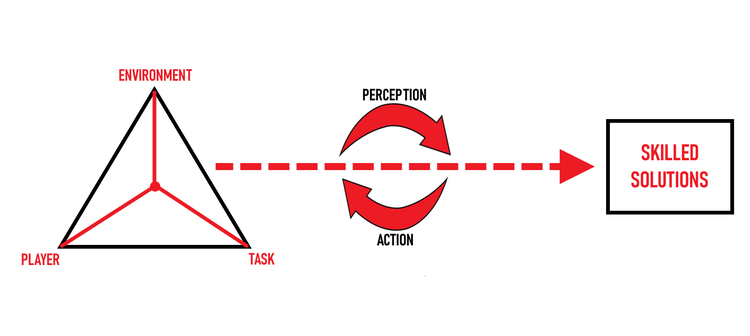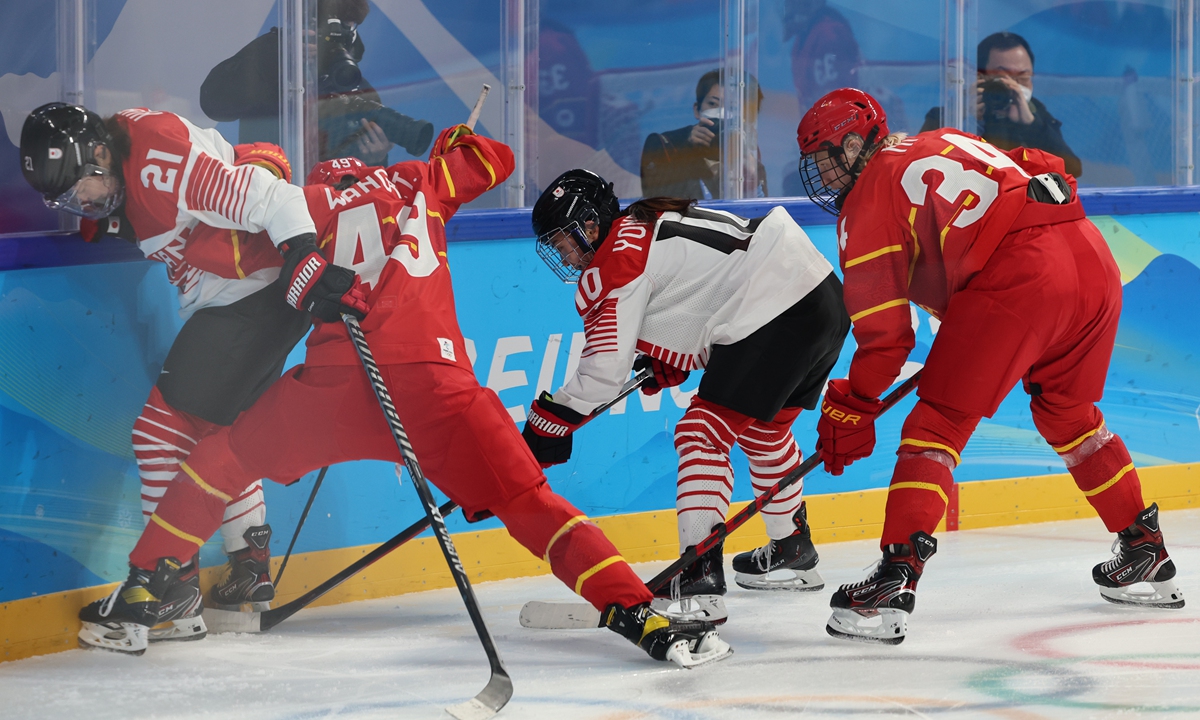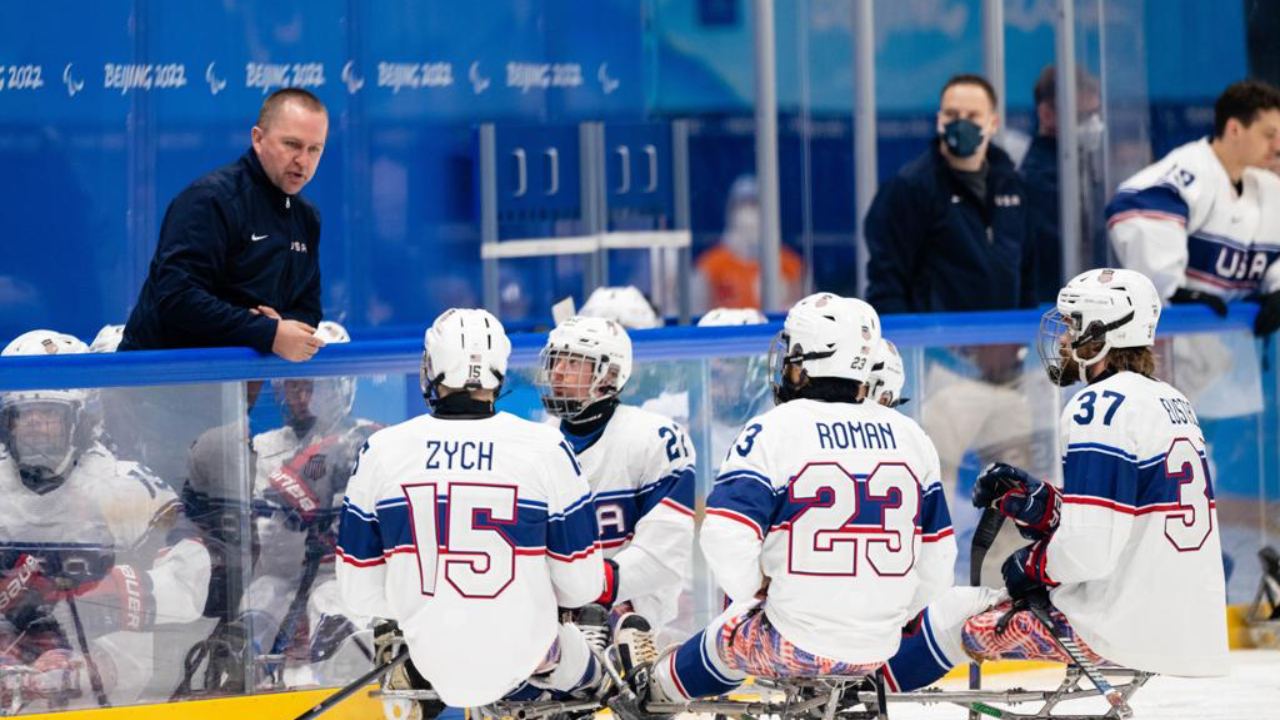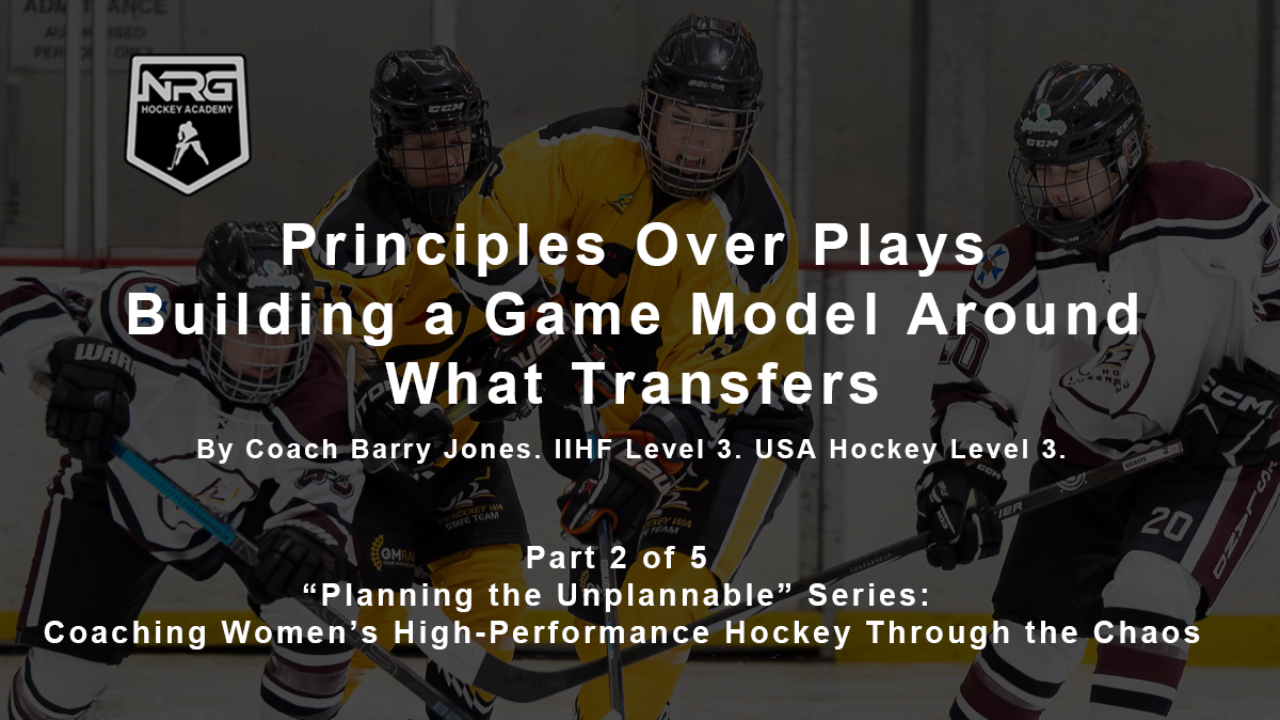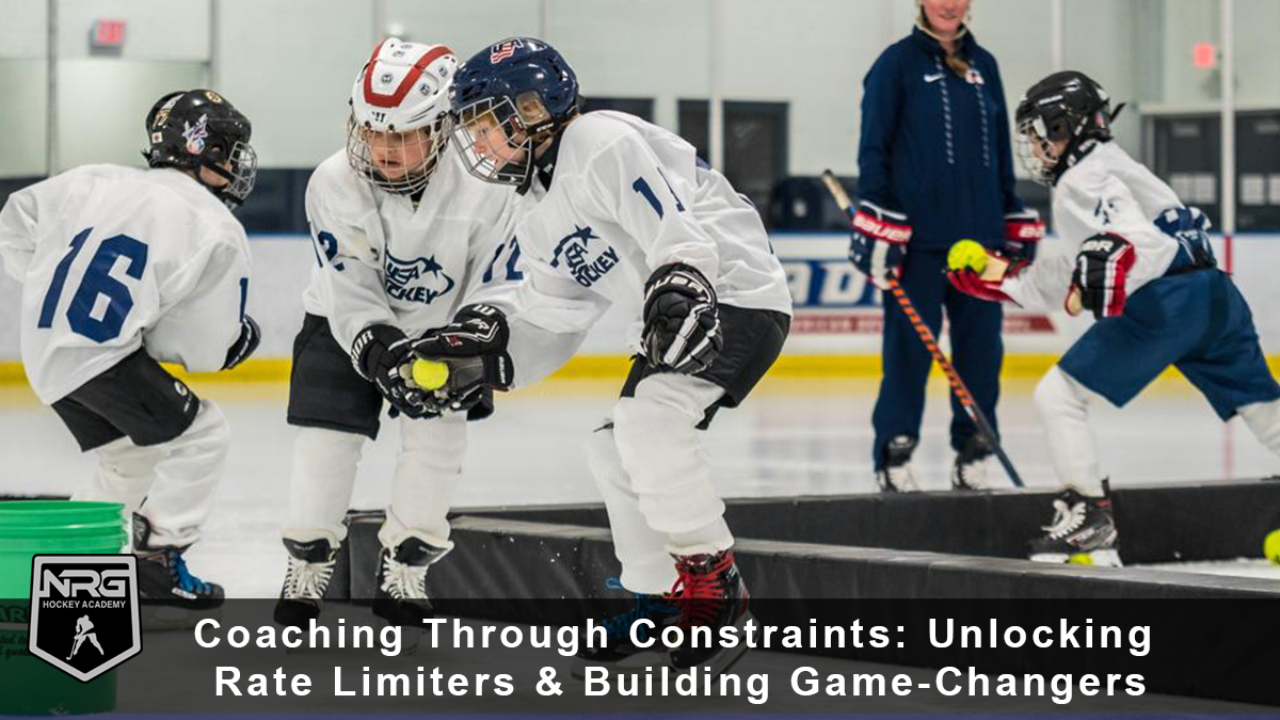
Coaching Through Constraints: Unlocking Rate Limiters & Building Game-Changers
By Coach Barry Jones | IIHF Level 3 | USA Hockey Level 3
"If you want your players to grow, you need to take away what makes them comfortable and shine a light on what’s holding them back. Remove the safety net, and the game teaches the game."
Ecological Dynamics: A Language for Coaching
Ecological dynamics gives coaches a language to understand the athlete–task–environment system. It’s not just theory; it’s a practical lens that helps us:
• Identify what’s truly influencing performance
• Communicate the purpose of tasks clearly
• Design representative environments that drive learning
By framing performance in terms of perception–action, affordances, and movement solutions, we move beyond scripted drills and start shaping environments that teach the game.
Understanding Rate Limiters and Rate Enhancers
In every athlete, performance is influenced by two forces:
Rate Limiters – The bottlenecks holding development back.
Rate Enhancers – The factors temporarily boosting performance.
• To the athlete: Limiters feel like frustration; enhancers feel like safety nets.
• To the coach: Limiters guide targeted development; enhancers can mask weaknesses.
• To the environment: Limiters are exposed when the game removes enhancers.
By understanding both, we can shape environments that expose true ability and stimulate growth.
Attractors: The Movement Patterns Athletes Rely On
Attractors are the stable movement solutions athletes fall back on. Some attractors are functional, like a solid puck protection stance, while others become limiting if they reduce adaptability.
By adjusting constraints to reduce an athlete’s rate enhancer, we can disrupt unhelpful attractors and encourage new ones to form.
Designing Learning Environments with CLA
The Constraints-Led Approach (CLA) allows us to manipulate purposefully:
• Task constraints – Change rules, scoring, or time pressure
• Environmental constraints – Modify space, zones, or surfaces
• Individual constraints – Add cognitive or physical challenges
Removing a rate enhancer (such as extra space) exposes the limiter (like poor decision-making speed), forcing the athlete to develop new attractors.
Case Study 1: High-Performance Women’s Program
Rate Limiter: Slow decision-making on passes (hesitation leading to interceptions)
Rate Enhancer: Extra space and time in typical drills
Coaching Adjustment: Introduce time-pressure and spatial constraints
Small Area Game: Quick Decisions 3v2
• Setup: 3v2 in a small area (half zone)
• Constraint: Must pass or shoot within 2 seconds
• Goal: Expose slow decision-making and encourage quicker scanning
• Outcome: Faster reads, quicker release, and reduced turnovers
Case Study 2: 10U Puck Protection
Rate Limiter: Weak puck protection under pressure
Rate Enhancer: Full-ice escape skating, allowing avoidance of contact
Coaching Adjustment: Remove space to force problem-solving under pressure
Small Area Game: Puck Protection Battle
• Setup: 1v1 in the corner or small box
• Constraint: Player must complete controlled 3 turns before a pass or shot
• Goal: Remove the escape-skating enhancer, strengthen puck shielding
• Outcome: Improved puck protection and scanning habits under pressure
Case Study 3: 14U Defender - Quick Breakout Under Pressure
Rate Limiter: Difficulty retrieving the puck off the boards under pressure and scanning for a breakout pass.
Rate Enhancer: Time and space in standard drills where pressure is delayed.
Coaching Adjustment: Apply immediate forecheck pressure and limit passing options to force scanning and quick decision-making.
Small Area Game: Board Retrieval & Breakout
• Setup: 2 defenders vs 2 forecheckers in a half-zone.
• Constraint: Defender must retrieve the puck off the boards, scan, and make a pass within 3 seconds.
• Additional Constraint: Passing directly up the middle is not allowed unless an open lane is scanned first.
• Goal: Teach defenders to scan, protect the puck, and execute quick, intelligent breakouts under pressure.
• Outcome: Improved scanning habits, faster retrieval-to-pass execution, and smarter breakout decisions.
Coach’s Toolbox: Applying This Framework
1. Identify the dominant attractors in gameplay.
2. Determine the rate limiter holding the athlete back.
3. Spot the rate enhancer masking the problem.
4. Design constraints to remove the enhancer.
5. Allow the environment to expose the limiter and form new attractors.
6. Progress once new, stable solutions emerge.
Conclusion: Remove the Safety Net, Build Game-Changers
Rate limiters and enhancers give coaches a roadmap for skill development. By removing the enhancer, we reveal the limiter, disrupt old attractors, and allow new, functional patterns to emerge. Design the environment to teach the game, and watch your athletes become adaptable, confident game-changers.

